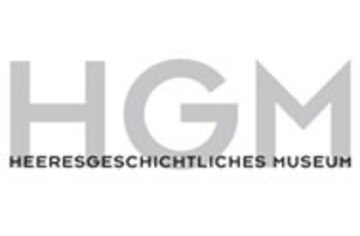
Museum of Military History
The Museum of Military History is housed in the Arsenal, in an historic building complex from the time of the monarchy in the third Viennese district. The former “Museum of Arms” is notable as the oldest museum in Vienna and was visited for the first time by Emperor Franz Joseph on 21 May 1891, thus bestowing his official agreement upon it. Its historicist architecture is based on Hispano-Moorish and Byzantine models.
Military and war history, technology and the sciences, the arts and architecture are all fused into a unique totality in the Museum of Military History in Vienna.
Today the museum shows the history of the Habsburg Monarchy from the late sixteenth century until 1918 and the fate of Austria after the downfall of the monarchy until 1945. The role played by the army and that of past military actions enacted on the high seas dominate the show.
The first section focuses primarily on the time of the Thirty Years War, the second siege of Vienna by the Turks and the eras of Prince Eugene and Maria Theresa.
The group of exhibition rooms titled “Austria and Europe 1789 – 1866” commemorates the French Wars, Archduke Carl, and the time of Radetzky. The tour through the third part leads visitors past a multitude of exhibits on the reign of Emperor Franz Joseph and the history of the imperial-royal army. A room commemorating the murder of the Austrian Crown Prince and Princess in Sarajevo introduces the last two rooms of this section, which focus on the First World War and the downfall of the Habsburg Monarchy.
“Republic and Dictatorship” is the title of the museum’s permanent exhibition; it illustrates Austria’s history from the interwar period, the Second World War and into the time of the Second Republic.
Furthermore, part of the exhibition collection documents 200 years of Austrian naval history, from the beginnings until the First World War, from exploration and discovery expeditions to the end of Austria’s presence on the maritime scene. In conclusion, the turbulent past is reflected in the large collection of historic gun barrels and firearms from seven centuries and the tank museum installed outside.
Daily from 9 am – 5 pm, closing days 1 January, Easter Sunday, 1 May, All Saints I November, 25 and 31 December

